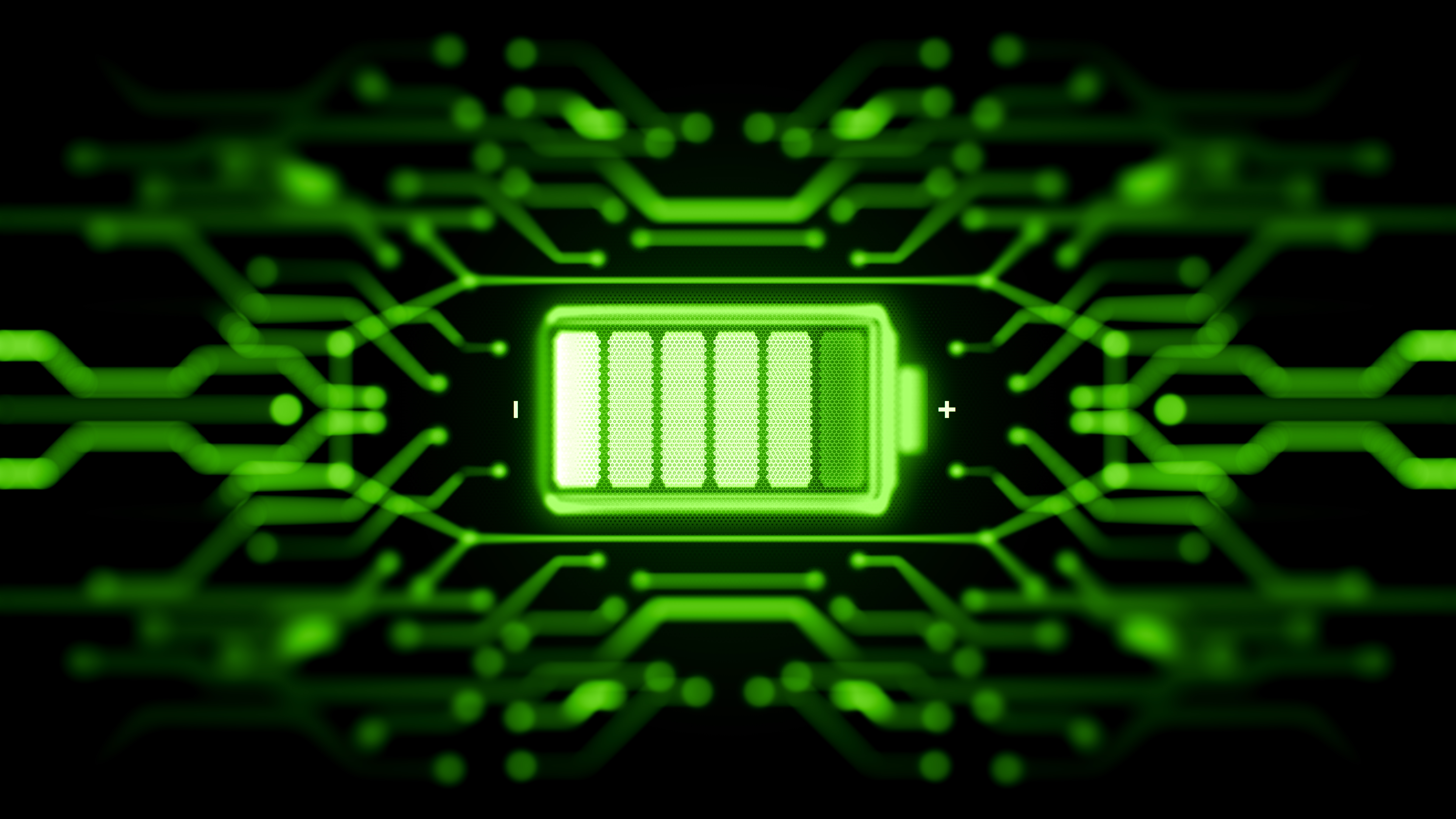Compare four charging methods for lithium iron phosphate batteries and provide scientific management solutions to help reduce costs and increase efficiency of energy storage systems.
Lithium iron phosphate batteries have become the core pillar of modern energy storage systems due to their excellent safety and ultra-long cycle life. However, subtle differences in charging strategies can lead to a difference of more than 3 times in their lifespan! This article will reveal to you how four charging modes deeply affect the aging process of lithium iron phosphate batteries.
1. Shallow charging and discharging: the golden rule for longevity of energy storage systems
Shallow charge and discharge (DOD 20%-50%) designed for lithium iron phosphate batteries:
(1) Doubled cycle life: Experiments show that the capacity decay rate of lithium iron phosphate batteries with DOD = 20% is 60% lower than that of 90% DOD
(2) Self-healing electrode structure: Avoid electrode lattice collapse under high voltage and provide physical protection for energy storage batteries
(3) Application scenario: Preferred strategy for home solar energy storage systems
(1) Doubled cycle life: Experiments show that the capacity decay rate of lithium iron phosphate batteries with DOD = 20% is 60% lower than that of 90% DOD
(2) Self-healing electrode structure: Avoid electrode lattice collapse under high voltage and provide physical protection for energy storage batteries
(3) Application scenario: Preferred strategy for home solar energy storage systems
2. Fully Utilized: High-cost Performance Overdraft
When a lithium iron phosphate battery is 100% deeply cycled:
(1) Fatal double high voltage: Full charge (>95% SOC) triggers electrolyte decomposition, full discharge (<2.5V) tears the electrode material
(2) Life loss alarm: Cycling data confirms that the capacity decay rate of a lithium iron phosphate battery with 90% DOD is 2.3 times that of a shallow charge mode
(3) Emergency response plan: Only recommended for low-frequency scenarios such as backup power
(1) Fatal double high voltage: Full charge (>95% SOC) triggers electrolyte decomposition, full discharge (<2.5V) tears the electrode material
(2) Life loss alarm: Cycling data confirms that the capacity decay rate of a lithium iron phosphate battery with 90% DOD is 2.3 times that of a shallow charge mode
(3) Emergency response plan: Only recommended for low-frequency scenarios such as backup power
3. Fully charged and shallowly discharged: hidden chemical bomb
When a lithium iron phosphate battery is kept fully charged for a long time:
(1) High-voltage corrosion effect: After 30 days of storage at 100% SOC, the internal resistance of the battery surges by 40%, and the output capacity of the energy storage battery drops sharply
(2) Temperature sensitivity doubles: The discharge capacity of a fully charged lithium iron phosphate battery decays by 25% in a -10°C environment
(3) Risk avoidance guide: The on-board energy storage system should disable this mode
(1) High-voltage corrosion effect: After 30 days of storage at 100% SOC, the internal resistance of the battery surges by 40%, and the output capacity of the energy storage battery drops sharply
(2) Temperature sensitivity doubles: The discharge capacity of a fully charged lithium iron phosphate battery decays by 25% in a -10°C environment
(3) Risk avoidance guide: The on-board energy storage system should disable this mode
4.Key date comparison
5. Constant power charging and discharging: the most realistic stress test
Performance of lithium iron phosphate battery under dynamic power:
(1) Simulation of actual combat advantages: Perfectly matches the grid dispatching requirements and improves the response speed of the energy storage system
(2) Exposure of rate shortcomings: When discharging at 2C constant power, the capacity retention rate of lithium iron phosphate battery is 12% lower than that of constant current mode
(3) Optimization path: Use dynamically adjusted BMS algorithm to compensate for voltage fluctuations
(1) Simulation of actual combat advantages: Perfectly matches the grid dispatching requirements and improves the response speed of the energy storage system
(2) Exposure of rate shortcomings: When discharging at 2C constant power, the capacity retention rate of lithium iron phosphate battery is 12% lower than that of constant current mode
(3) Optimization path: Use dynamically adjusted BMS algorithm to compensate for voltage fluctuations
Summary and inspiration
For energy storage systems composed of lithium iron phosphate batteries:
(1) Prioritize 30%-70% SOC shallow cycle: This can extend the service life of energy storage batteries to more than 15 years
(2) Implement intelligent pressure relief after full charge: When the system detects that the SOC of the lithium iron phosphate battery is > 95% for 4 hours, it will automatically discharge to 80%
(3) Dynamic hybrid charging strategy: In the peak load scenario of the power grid, shallow charge and discharge are combined with a controllable constant power mode
Welcome to contact us:
WhatsApp/Wechat/Mobile: +86 13332949210
Email: info@xihobattery.com
Website: www.xihopower.com
(1) Prioritize 30%-70% SOC shallow cycle: This can extend the service life of energy storage batteries to more than 15 years
(2) Implement intelligent pressure relief after full charge: When the system detects that the SOC of the lithium iron phosphate battery is > 95% for 4 hours, it will automatically discharge to 80%
(3) Dynamic hybrid charging strategy: In the peak load scenario of the power grid, shallow charge and discharge are combined with a controllable constant power mode
Welcome to contact us:
WhatsApp/Wechat/Mobile: +86 13332949210
Email: info@xihobattery.com
Website: www.xihopower.com
 +86 13332949210
+86 13332949210 info@xihobattery.com
info@xihobattery.com







 Xiho
Xiho Jun 16 2025
Jun 16 2025












